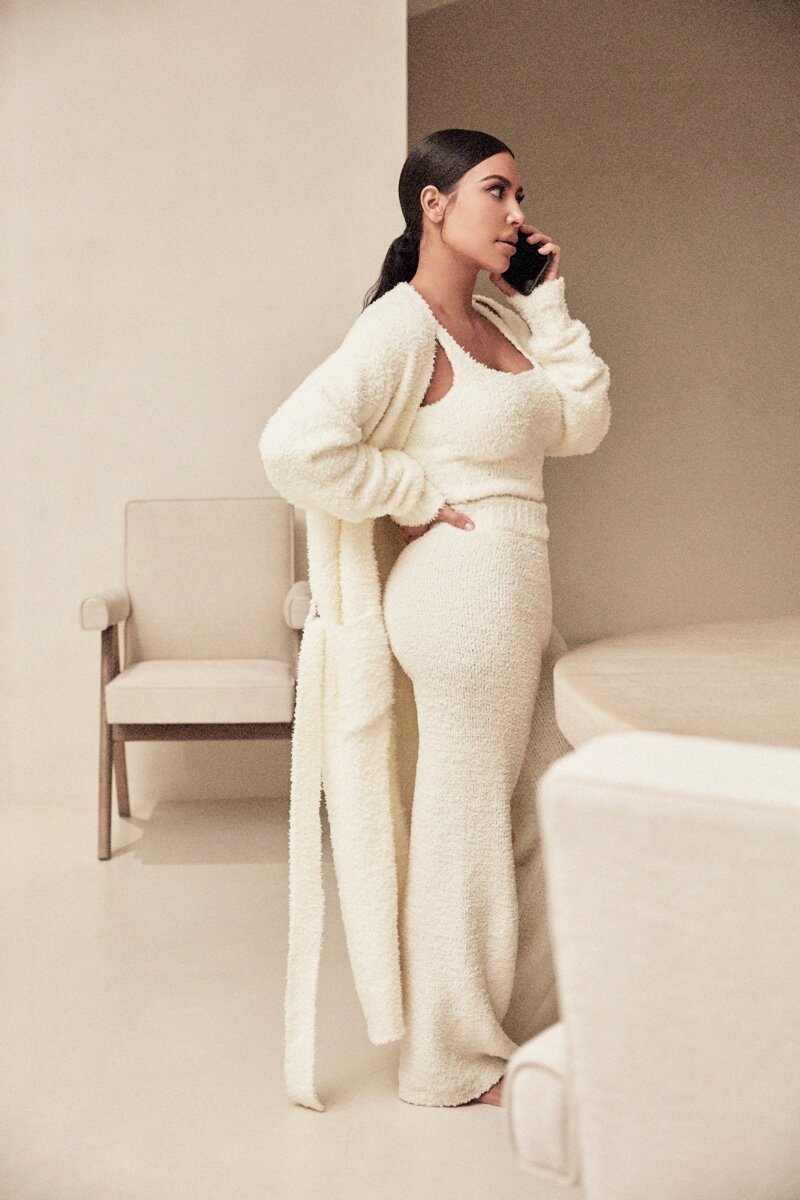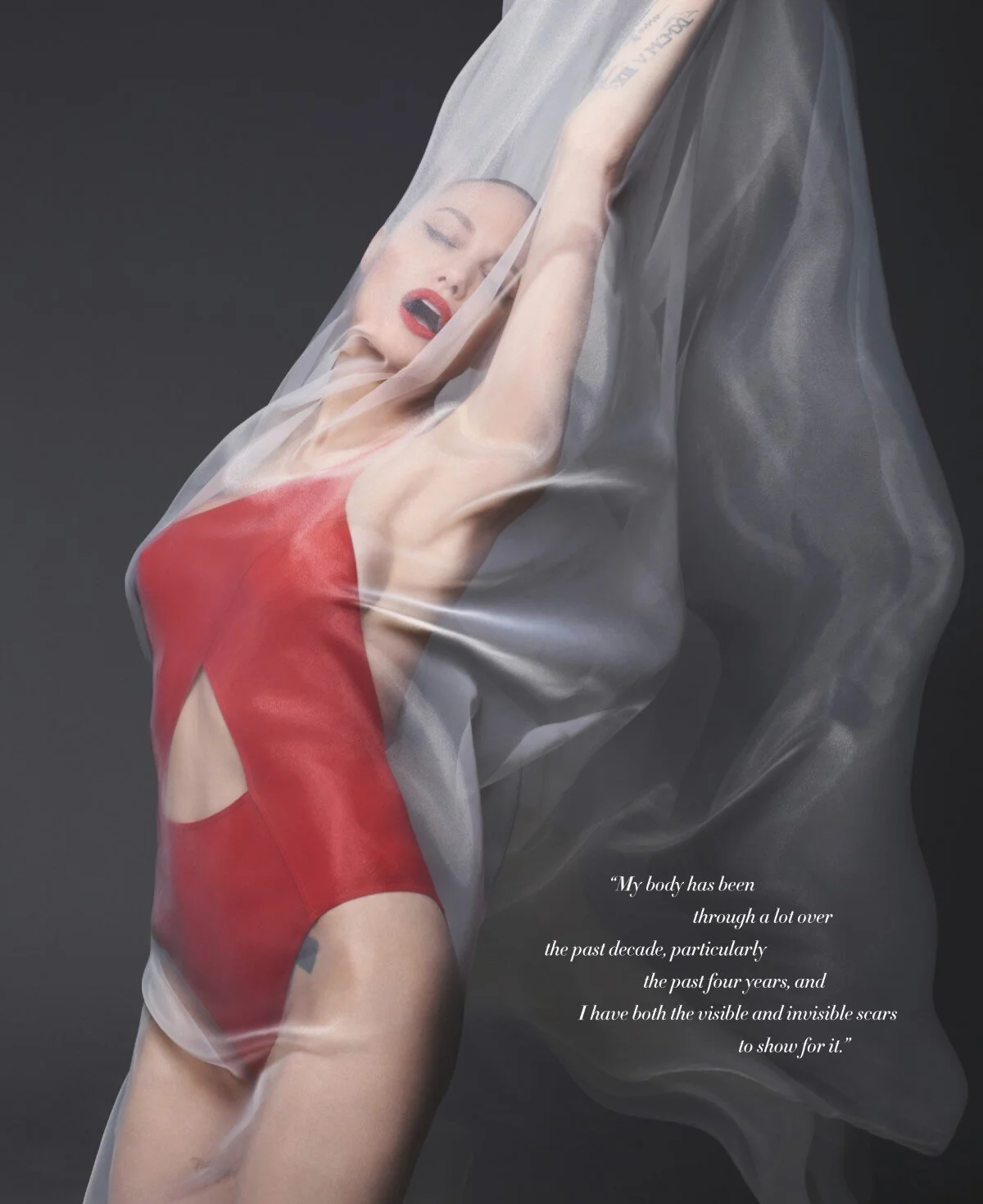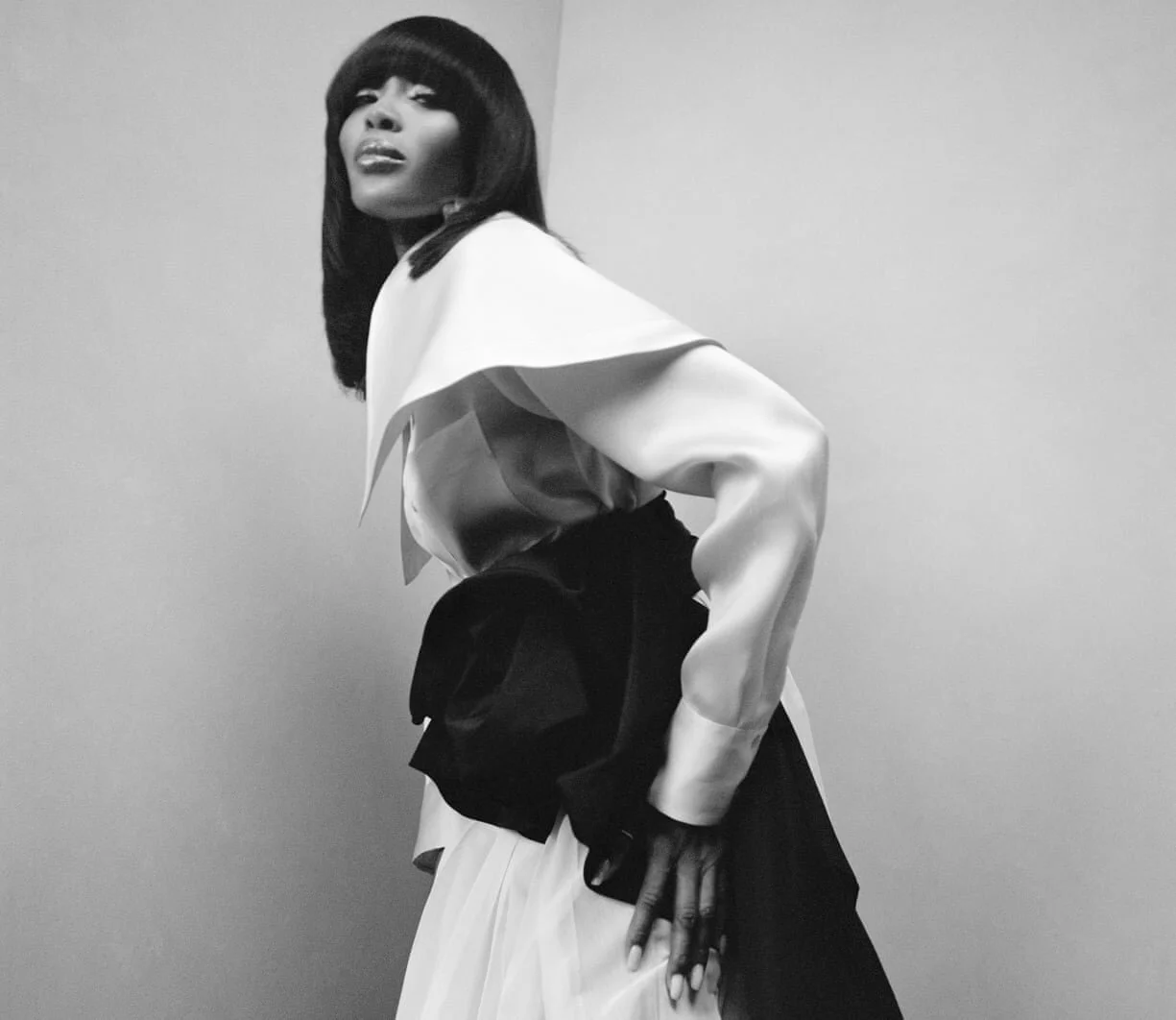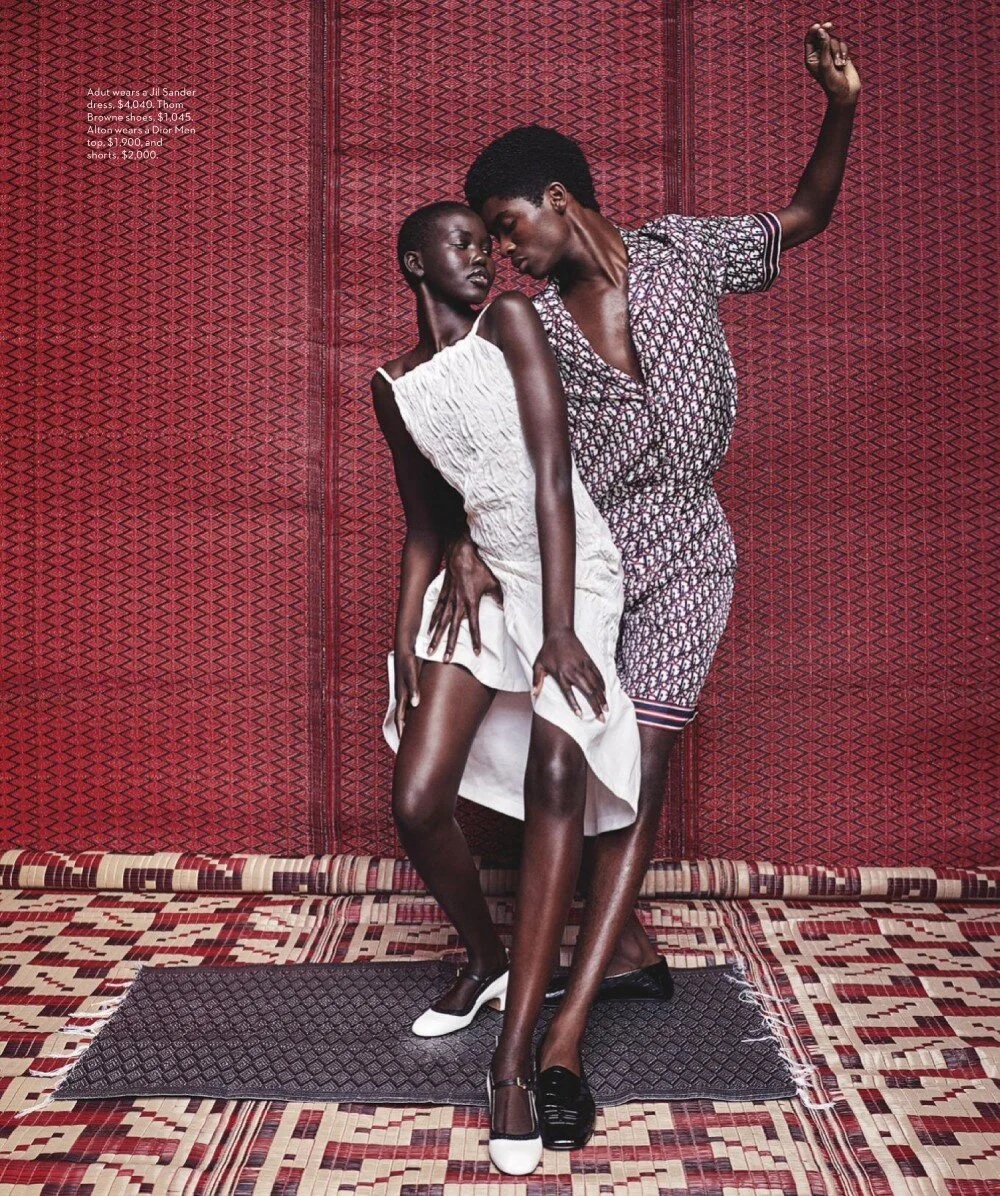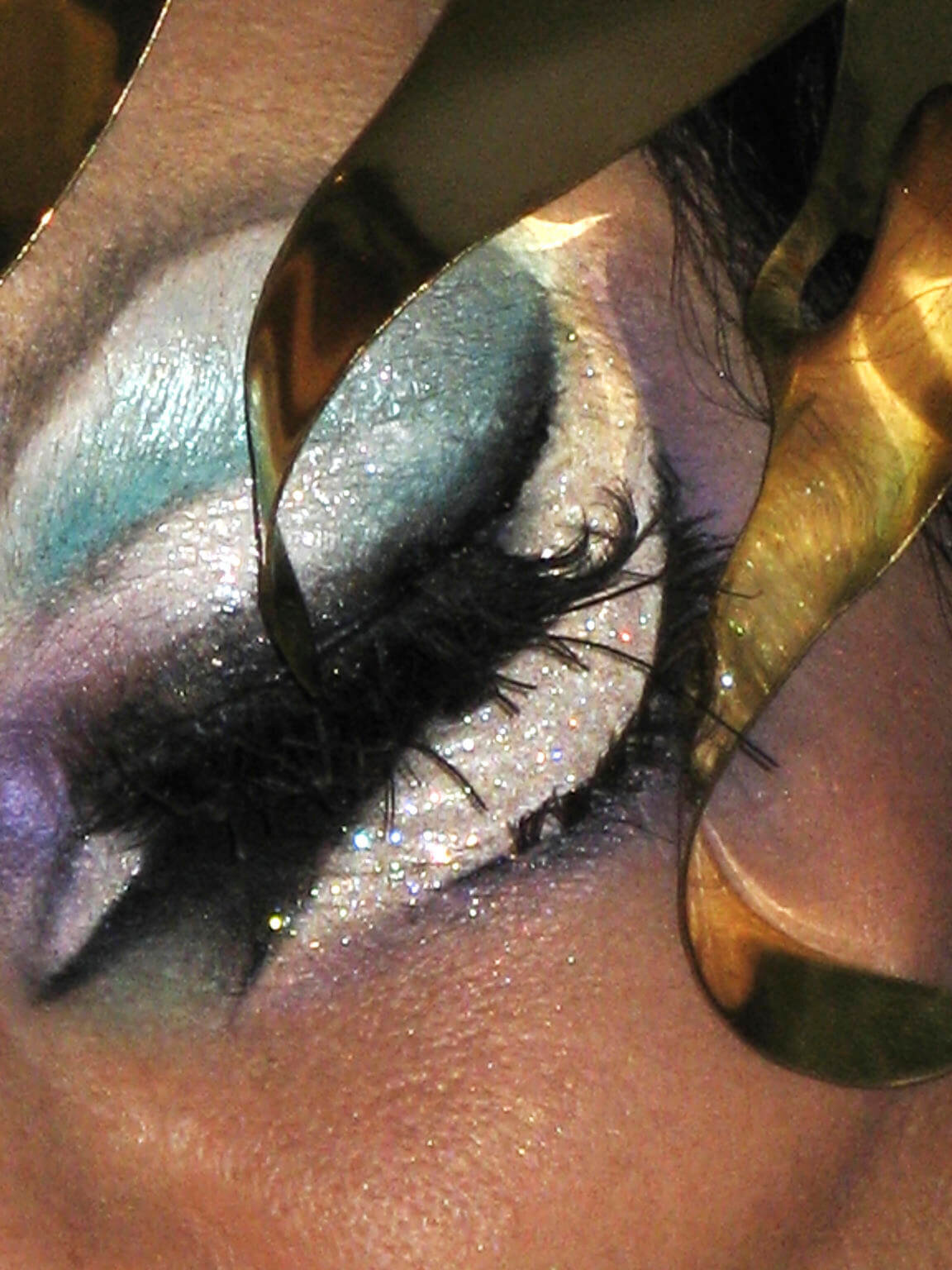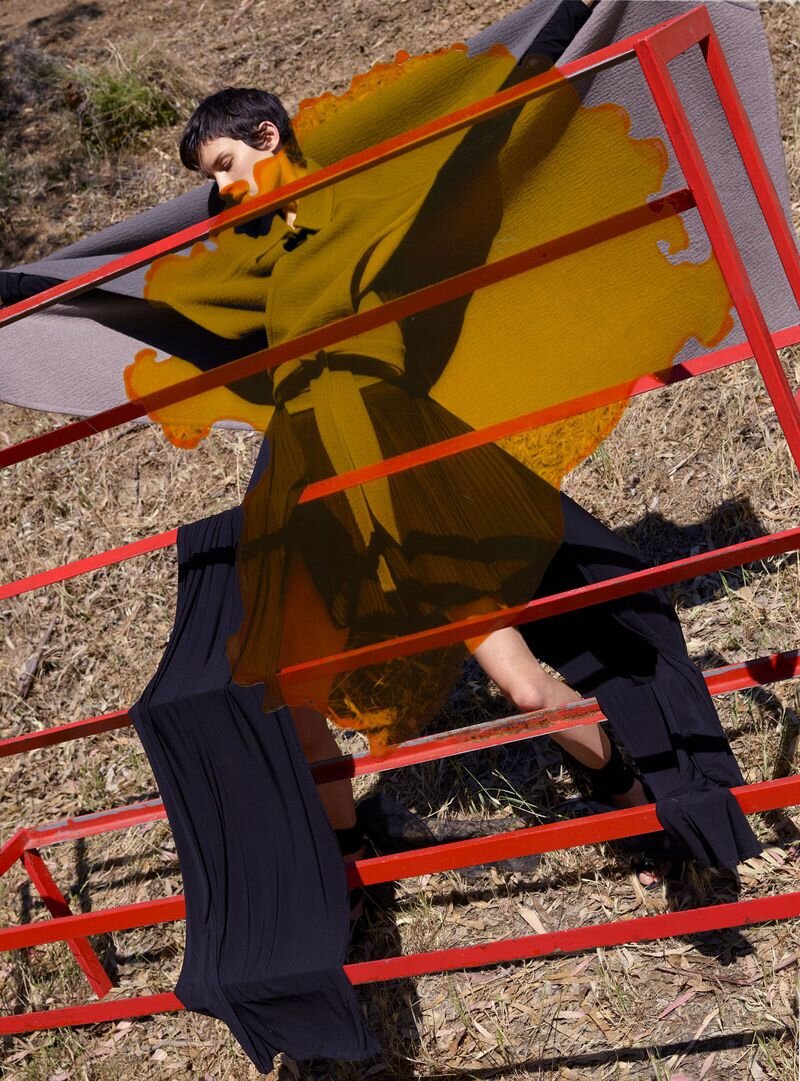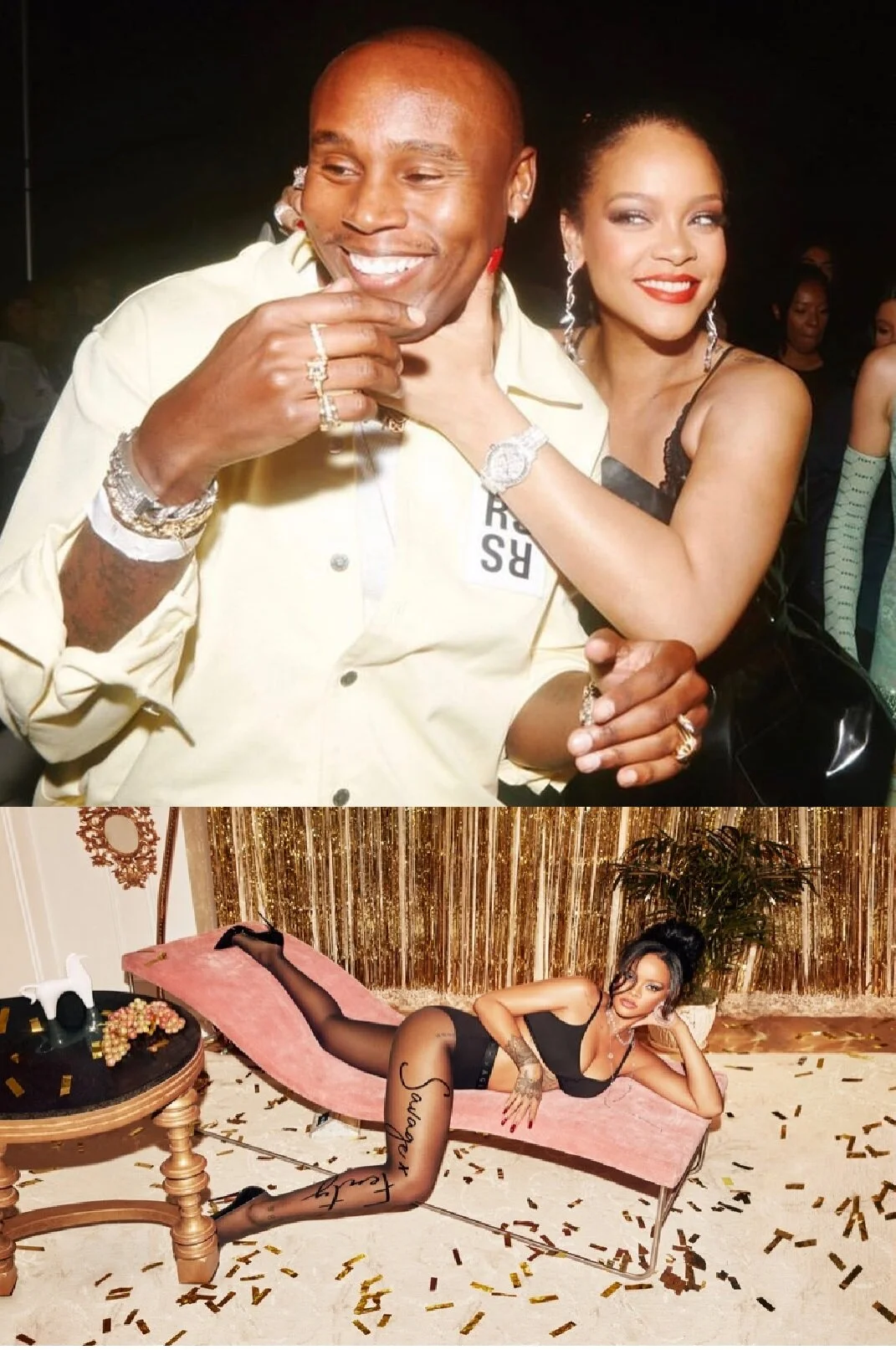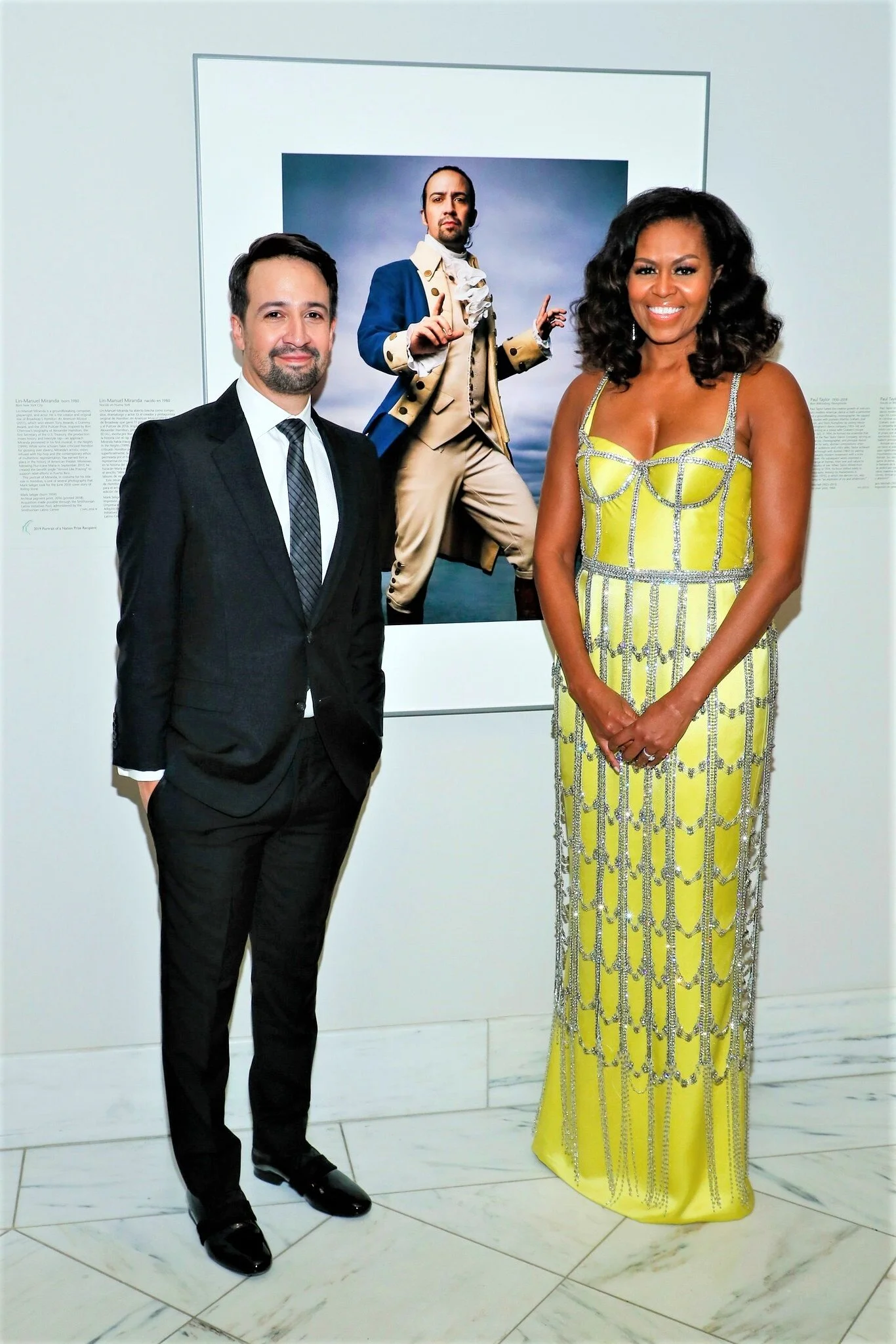The Prevalence Of Male Sexual Entitlement And Misconceptions About Rape
/
Gone With The Wind is one of my all-time favourite films, but it took me a long time to realize that it contains a very subtle marital rape scene.
I was shocked to read this headline on BBC: Almost a quarter of men ‘admit to rape in parts of Asia’. One in four men?! Surely that’s a mistake, just sensationalized statistics. I knew that rape is more common than we think, but a thorough scrutiny of the study left me truly disturbed. The percentage of men who admitted to rape ranged from 9.5% to 62% depending on the region, but even the lowest rate— about one in ten men— is still alarmingly high to me.
The UN-led study surveyed 10,000 men from 6 Asian countries, avoiding direct questions about rape and asking them instead questions such as:
- Have you ever had sex with your partner when you knew she didn’t want to but you thought she should agree because she’s your wife/ partner?
- Have you ever had sex with a woman or girl when she was too drunk or drugged to say whether she wanted it or not?
These questions reminded me of how rape is widely presumed to be a violent attack by a stranger, which it certainly sometimes is, but it is also often carried out by someone known and trusted, in unexpected situations.
How many women do you know have been raped at knifepoint in a dark alley? On the other hand, how many women do you know— including yourself— have had sex with someone when she didn’t really want it. How many people have had sex while too drunk to make an informed decision about consenting? The word “rape” has automatic connotations of brutal violence, but the act can occur in many different ways, not all brutally violent, but still harmful.
The complexity of the issue deepens when both partners are equally drunk. Is a drunken man responsible for raping an equally drunk woman, when she wakes up in the morning in a strange bed with deep regrets?
Brian Earp at the Practical Ethics blog has a very lucid explanation of this in “Legitimate rape,” moral consistency, and degrees of sexual harm:
It should be that whenever sex occurs, both parties want it. On the far end of missing this goal is a violent attack at gunpoint. Somewhere in the middle might be a nonviolent, alcohol-fueled encounter between people who are newly dating and whose consent-signals are muddy or honestly misunderstood. And on the near end might be a partner who consents to sex even though he’s not particularly in the mood. Harmful sex—definitions of rape to the side—can take many forms, and the degree of harm is not the same across the board… we have to remember that sexual harm goes way beyond those “alleyway” cases, takes many forms, and can be traumatizing in ways those cases don’t capture. Broken trust. A friendship violated. Consent not respected—by a spouse, or a lover you made yourself vulnerable to.
 Dave Bledsoe’s captures a slutwalk in Union Square New York.The notion of consensual sex is supposed to be simple, but due to the long history of male dominance in human culture, it remains difficult today to shake off notions of male entitlement. The BBC article reported that “nearly three quarters of those who committed rape said they did so for reasons of ‘sexual entitlement’,” and that the second most popular motivation was “to rape as a form of entertainment, so for fun or because they were bored.” How awful that a human being would so degrade another human being just for fun. Then again, a man with this attitude does not think of himself as a human being relating to another human being, but as a superior being with the right to use an object. In the dystopian novel The Handmaid’s Tale by Margaret Atwood, this process of objectification explains how someone can do a terrible thing:
Dave Bledsoe’s captures a slutwalk in Union Square New York.The notion of consensual sex is supposed to be simple, but due to the long history of male dominance in human culture, it remains difficult today to shake off notions of male entitlement. The BBC article reported that “nearly three quarters of those who committed rape said they did so for reasons of ‘sexual entitlement’,” and that the second most popular motivation was “to rape as a form of entertainment, so for fun or because they were bored.” How awful that a human being would so degrade another human being just for fun. Then again, a man with this attitude does not think of himself as a human being relating to another human being, but as a superior being with the right to use an object. In the dystopian novel The Handmaid’s Tale by Margaret Atwood, this process of objectification explains how someone can do a terrible thing:
I’ll take care of it, Luke said. And because he said it instead of her, I knew he meant kill, I thought. You have to create an it, where none was before. You do that first, in your head, and then you make it real.
Even though it’s clear that the person who got objectified and used is the victim, most rape victims are made to feel as though it’s their fault anyway. Women are blamed for dressing provocatively, and even accused of “asking for it”. Not Ever, a clever UK video campaign, demonstrates just how ridiculous that is. No woman ever goes shopping for clothes thinking, “I’m going to choose this short skirt because I want to get raped.”
Rape victims are not just blamed for “provoking” the rape, but are also blamed if they don’t “adequately” fight back. While studying in a Catholic all-girls school, I learned about many female saints who preferred to suffer and die rather than give in to rapists. Recently, when I read Beverly Donofrio’s painful personal story of how she was raped and how she didn’t fight back, I realized that I had also bought into that assumption that women are expected to fight back, or else they’d be “guilty” too. Isn’t this just another form of victim-blaming? Again, all this slut-shaming and victim-blaming has its roots in history (or “his story”)— we can trace it all the way back to the Garden Of Eden narrative, which places the blame for the entire downfall of humanity on Eve, because she tempted Adam and “caused” him to sin.
As a society, we subliminally hold ancient prejudices. The woman must be at least complicit in any rape and even the instigator, by dressing or acting provocatively, by not being sufficiently wary, by incautiously walking down a deserted street in the night or the day, by getting drunk, by leaving a party with a guy, by accepting an invitation, being too naïve, trusting, sexy. Merely by being women, we’re alluring, and worse: we’re temptresses… In societies like ours that accept rape myths—acquaintance rape happens because of “mixed signals,” rapists can’t control sexual urges, women lie about being raped, women invite rape by their actions or their dress—men are more likely to commit rape because these beliefs make it seem almost acceptable. (Beverly Donofrio)
Despite the sorrow I feel thinking about the reality of rape statistics and rape culture, I also feel hopeful because they are being openly discussed and studied. The television series Mad Men constantly reminds us just how normal sexism was only several decades ago. One key female character simply accepted the way she was sexually attacked by her partner. Back then, it wasn’t even an issue.
Now, we are examining rape statistics and debunking rape myths in order to figure out ways to create a culture that is safe and enjoyable for women and men alike. We’ve progressed somewhat today, but we still have a long way to go.
Let us hope that by illuminating the complexity of issues surrounding rape, we can continue to press forward and make “her story” less about male sexual entitlement and more about mutual sexual desire.
Anne has lived this story first hand, sexually assaulted by her parents’ best friend as a teenager. Finding herself blamed by her parents for either creating the situation (note that she was asleep with curlers in her hair and wearing pajamas, lying next to the man’s six year old daughter), she was also blamed and shamed by her Catholic priest. Anne tells the story of Father Ben’s condemnation of her as a vixen in Anne For Real: Formidable But Sensually Flawed in God’s Eyes. ~ Feanne


